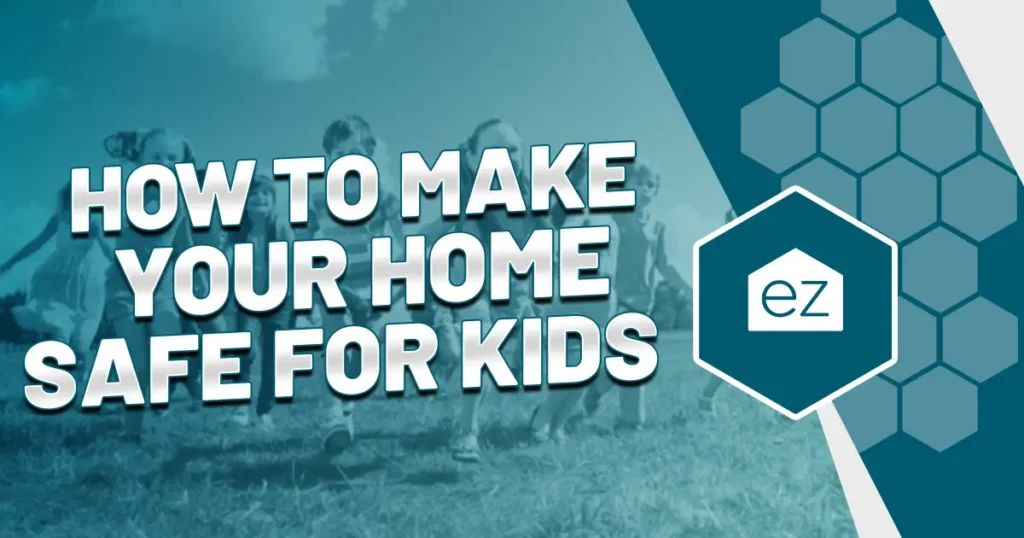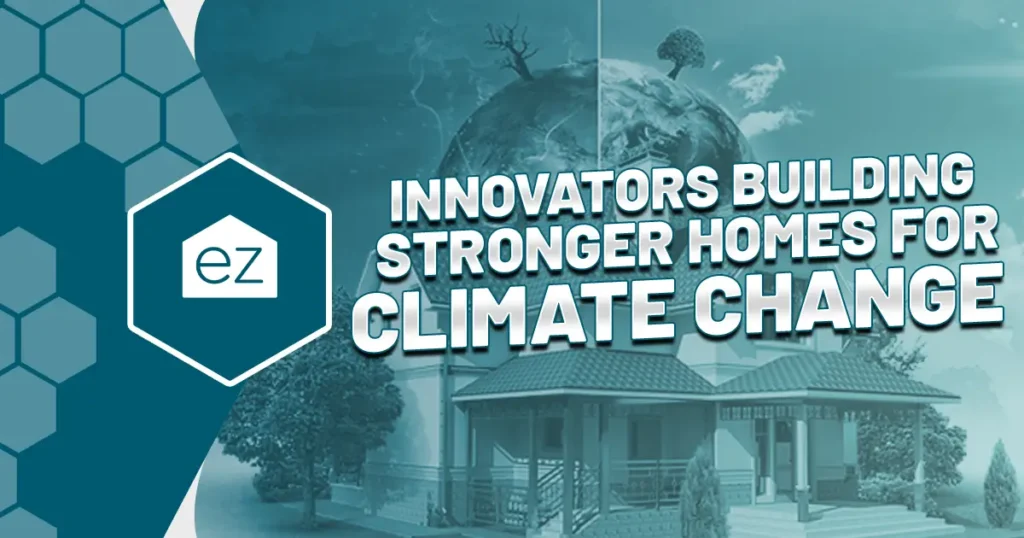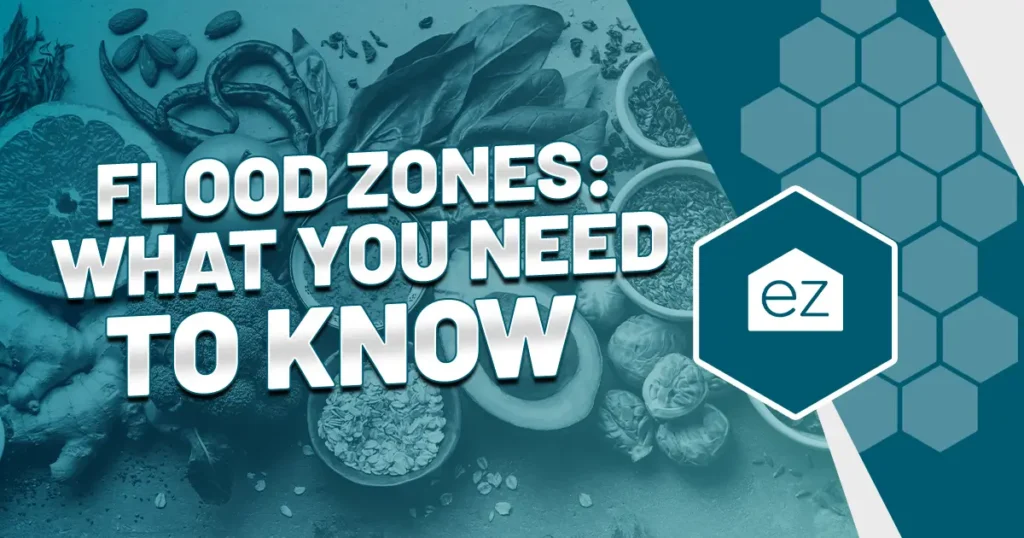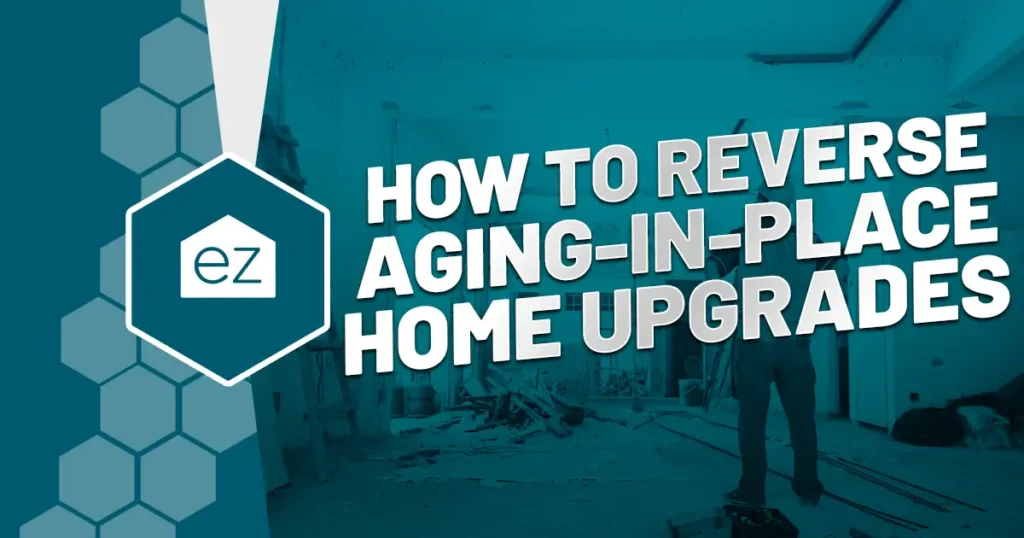Is Your Home at Risk for Hurricane Damage?
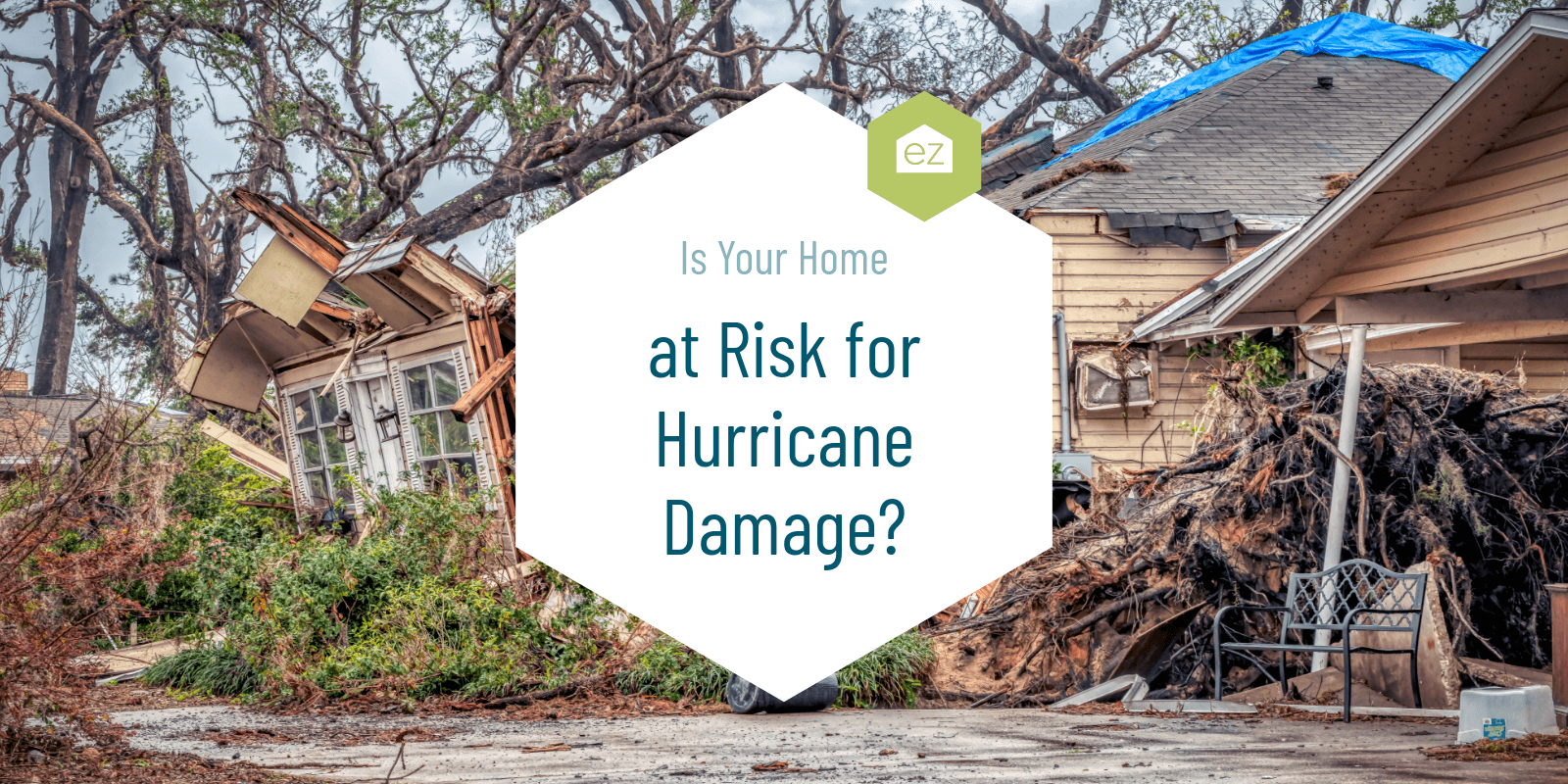
Is Your Home at Risk for Hurricane Damage?
If you don’t have to worry about wind damage where you live, count yourself lucky. Over 32 million homes are at risk from hurricane wind damage, according to a recent report from CoreLogic. The reason? Many homes across the Gulf Coast and Atlantic seaboard may be well insured for flood damage, but wind damage can often be overlooked for those living far from the coast.
CoreLogic estimates that the risk of damage from hurricane-force winds alone could represent a combined reconstruction cost of $11.6 trillion. But what does it mean to be at risk for hurricane damage? How can you prepare your home for high winds, even if you don’t anticipate a hurricane any time soon? After all, most states can experience devastating straight-line winds, microbursts, and tornadic activity.
Understanding the Risk of Wind Damage
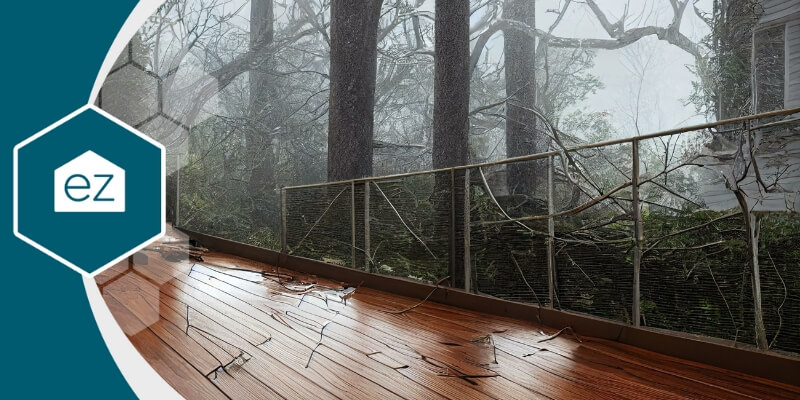
One challenging issue with wind damage is that it can extend beyond what most homeowners imagine. The traditional view of homes at risk of hurricane-based wind damage is homes directly on the coast. There, tidal surges and flood damage can wreak a lot of havoc. Water, in particular, is a powerful force leaving homes with extensive and expensive repairs, even with just a few inches of incursion.
But FEMA points out that the issue with wind damage is that it’s not limited to where the coastal regions are. In addition to Gulf Coast and the Atlantic Seaboard, any home subject to extreme weather could be at risk for wind damage. Nor’easter-type storms, FEMA points out, have significant high wind risks.
On the Gulf Coast and Atlantic Seaboard especially, flood damage risk is easier to assess and manage. FEMA points out that river overflow or rain causing flash flooding that enters the home are two prime examples of flood damage. Any flood insurance policy would apply here.
However, what if the rain enters a covered structure propelled by the wind? Yes, in high-wind events, rain can be forced through small openings in windows, eaves, and shingles. That wind-driven rain damage is not necessarily covered by your flood insurance policy.
FEMA notes that the same can be true if the wind rips away roof coverings, leaving a damaged roof where water enters the home through the ceiling. In this case, the water damage technically results from the wind. It doesn’t apply for coverage under a flood insurance policy.
The warning here is that your flood insurance may not cover as much of the potential damage from a storm as you might think. And that’s especially true in hurricanes when wind speeds can reach over 100 miles per hour, knocking down trees, ripping away shingles, and sending loose debris flying.
How Often Does Wind Damage Occur?
Everyone’s region is different, and some are naturally at greater risk than others. But a few statistics drive home the risk of wind damage.
About one out of 35 insured homes will have property damage due to wind or hail every year. Considering that statistic doesn’t just apply to areas where hurricanes are a persistent threat, it’s actually relatively high.
Compare that to the one out of 60 insured homes that make water damage claims.
And on the Gulf Coast and Atlantic Seaboard, the risks of storm-driven wind and rain damage are high.
CoreLogic mentioned 32 million homes may be at risk of wind damage from hurricanes. As Scientific American notes, wind damage threatens these homes more than a storm surge. That’s because while storm surges can be catastrophic to specific coastal and riverfront areas, wind damage tends to be more wide-ranging.
Hurricane damage is far-reaching
Hurricanes don’t have to make landfall to cause wind damage. While the highest winds will concentrate around the eye or center of the storm, tropical-storm-force winds can extend miles out from the center. That leaves homes twenty, thirty, and forty miles from a coastline vulnerable to wind-related impacts.
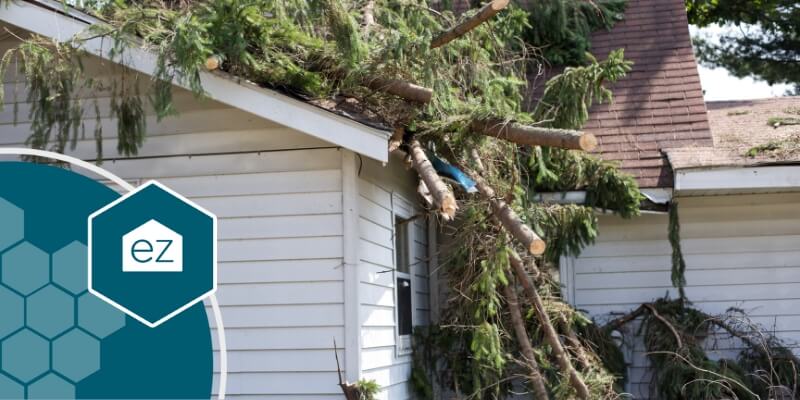
Remember, FEMA’s experience and studies show that much home damage comes from wind-driven rain and leaks, not classified as flood damage.
This means anyone in the Gulf and Atlantic regions should consider adding a wind damage rider to their home insurance policy. While flooding remains a persistent threat to anyone on the coast, wind can work its way overland.
And while CoreLogic’s statistics highlighted hurricanes specifically, there’s always the chance that the wind can come from other sources, such as localized storms.
Hurricane Losses on the Rise in the US.
Though the total number of homes in CoreLogic’s estimations hasn’t changed drastically, the money at stake has. Scientific American highlighted in 2021, the US has $8.5 trillion at risk due to wind damage. An update pointed out that’s risen over $11 trillion, reflecting the increased home values, infrastructure, and ongoing construction.
Plenty of real estate development is going on in the Gulf Coast and Atlantic Seaboard areas, contributing to ever-increasing insurance risk in terms of dollar amounts.
So it may be time to re-evaluate your home’s wind damage risk. Even if you are not in an area that often sees impact from tropical events, take these warnings seriously. That’s especially true along the Gulf Coast and the Eastern Seaboard, where storms with pounding high winds form consistently. Just because you haven’t been damaged before recently doesn’t mean the risk has gone away.
Start Your Home Search
Preston Guyton
Share this Post
Related Articles
Home Safety
How to Make Your Home Safe For Kids
Home Safety
Flood Zones: What You Need to Know
Home Safety
